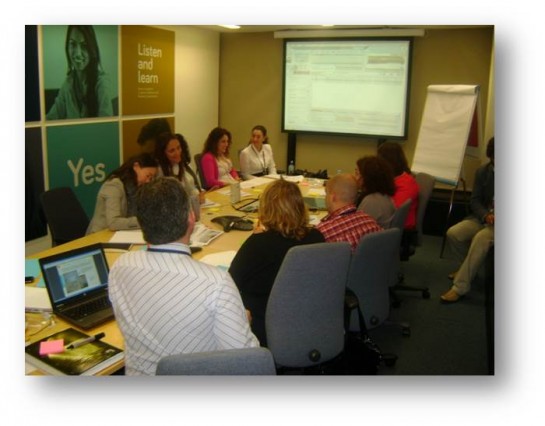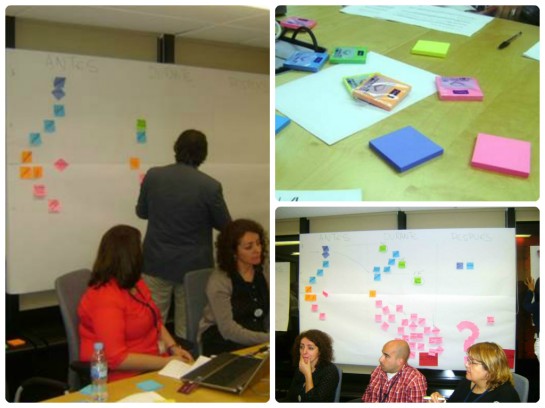At Transcom’s site in Madrid, we wanted to deepen the relationship with our clients and demonstrate our knowledge within customer experience and the value-added services that we can offer. Therefore, we recently launched "Customer Experience Workshops” as an attempt to model and simulate the emotional customer journey for one of our largest clients in the financial sector.
Customer experience is an interactive process between a brand and a person. The experience evolves through the different contact points that connect them. Some of these points are under the direct control of the organization, while others are not. Customer experience includes all the different stages of the relationship. From brand awareness to the final recommendation made by a satisfied customer, through to the purchase decision and the use of the product or service. But the customer experience goes far beyond all these moments. It has to do with emotions, with how the customer feels when interacting with our organization. (Read more about Customer Experience in our Annual Report 2013).
However, in many companies, customer experience management is still an underdeveloped area. Companies need a profound transformation involving all business areas: from strategy, internal culture, to the management of people, as well as the design and management of internal processes, the relationship with suppliers and partners, and above all, a deep knowledge and understanding of their customers’ needs and behavior.
This is why we decided to take the initiative and explore together with our clients what their customers' emotional journey looks like and what improvements they can make in order to provide an outstanding experience.
How do we perform?
We decided to define a map of customer experience as a tool to illustrate the full experience (all possible interactions and touch points) that a person can have with a brand. The Experience Map is based on analyzing the customer experience and comparing customer expectations with the perceived experience. A team including agents and members of the service structure met with the Contact Center Manager, Operations Management, BST, Account Manager, Quality and Training staff and analyzed the customer’s lifecycle by listening to a number of calls.
All the comments made by the client and the expectations generated by the agent to solve the problem were identified. We created "emotional clouds" that would help us to define positive or negative trends that would shape the different "moments of truth" during the phone call where we had the opportunity to change this trend. While analyzing the final map and the different moments of truth that we identified, we detected two possible ways to improve the experience. “Direct solutions”, where our client is the "owner", and "operational solutions", referring to services mainly carried out by the agents.
As a result of the Customer Experience Workshop, Transcom was able to provide our client with a new vision and innovative solutions that can improve their customers' experience, leading to higher loyalty and increased sales.